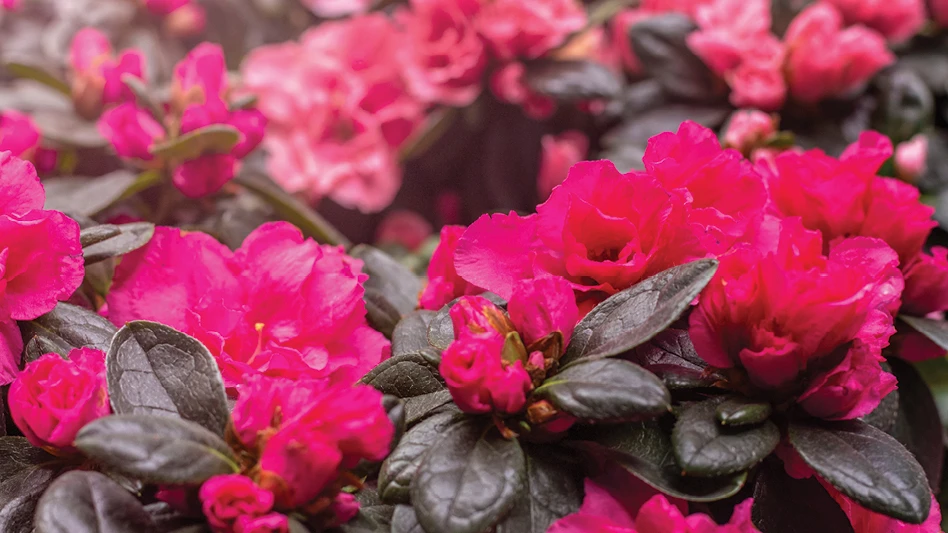
Below, Dr. Aaron Palmateer from Bayer offers a look into insecticides, aphid control and more.
Greenhouse Management: How should growers go about selecting the right insecticides for their operation?
Dr. Aaron Palmateer: The first question you want to ask yourself is, “What pests are of concern?” From there, you can find out what your control options are and what’s labeled for use in your greenhouse. The important thing is to remain compliant and stay up to date on what the latest control options are. Then, you can ask, “Am I using beneficials? Biologicals? Could this product cause phytotoxicity issues? Do my customers have any preferences on the types of products I can use?” This approach should help narrow down your options to a point where you can determine what makes the most sense for your operation.
GM: How should growers determine when to rotate their insecticides?
AP: It makes good business sense to minimize the risk of resistance. In most cases, there are enough chemistries available that there’s no reason not to properly rotate — and IRAC (Insecticide Resistance Action Committee) codes make it simple.
Here’s an example of what a whitefly rotational program might look like. In week one, put down a drench application of Kontos® (IRAC group 23). Then, in week four, a spray application of Altus® (IRAC group 4D). In week seven, apply Aria® (IRAC group 29) followed by Decathlon® (IRAC group 3) in week nine. This process rotates through four different chemistries in about 12 weeks. As a general rule of thumb, growers should avoid making more than two applications in a row of the same IRAC code.

GM: What options are there for aphid control?
AP: There are a lot of good products out there for aphid control, but you can’t talk about options without mentioning Altus. It’s really just been a rockstar for aphid control — as both a drench and a foliar spray. With Altus, you’ve got the flexibility to apply at any time during the production cycle — even when plants are in full bloom — and that kind of flexibility is really useful.
When it comes to insect management, one thing you want to avoid — particularly with aphids — is high populations. And there are a lot of different types of aphids out there, so you’ve got to be diligent in properly identifying them. There’s a palm aphid, for example, that is particularly problematic in the southeastern United States, and Altus has proven as an effective control.
GM: What cultural practices can growers implement to protect their plants from aphids?
AP: Closely monitor plants that are known to host high aphid populations. Hibiscus, for example, is a magnet for aphids, and mandevillas are also really susceptible, along with just about all your bedding plants. The key is to look at the plants that are known to be susceptible, since that’s where your infestations are likely to start. Weed management is critical, since a lot of weeds can harbor aphids, and it’s a good idea to also minimize plant disposal sites, which can also harbor them. When it comes to scouting for aphids, a highly visible sign that aphids are actively feeding is the presence of sooty mold or extensive ant activity. As aphids start feeding, they secrete honeydew, which sooty mold fungus and ants feed on. In some cases, you’ll actually see ants protect aphids — their food source — by attacking your beneficials.
Get curated news on YOUR industry.
Enter your email to receive our newsletters.
Explore the May 2018 Issue
Check out more from this issue and find your next story to read.
Latest from Greenhouse Management
- Growing enlightened
- American Floral Endowment awards 17 organizations $60,700 in educational grants
- Floral businesses invited to join Society of American Florists' Petal It Forward event in October
- Bioline AgroSciences acquires Viridaxis to strengthen leadership in aphids biocontrol
- Ryley Leech joins JumpLights as vice president of sales
- Meet the Retailers' Choice Awards from 2025 Farwest Show
- Added value
- National Garden Bureau announces featured crops for 2026 'Year of the' program






